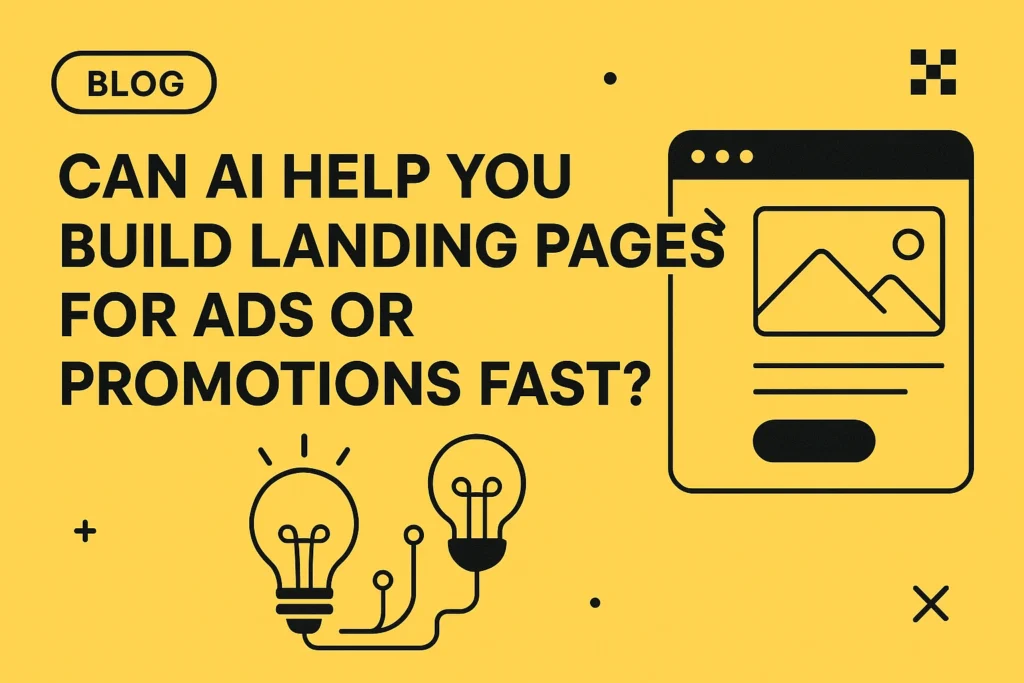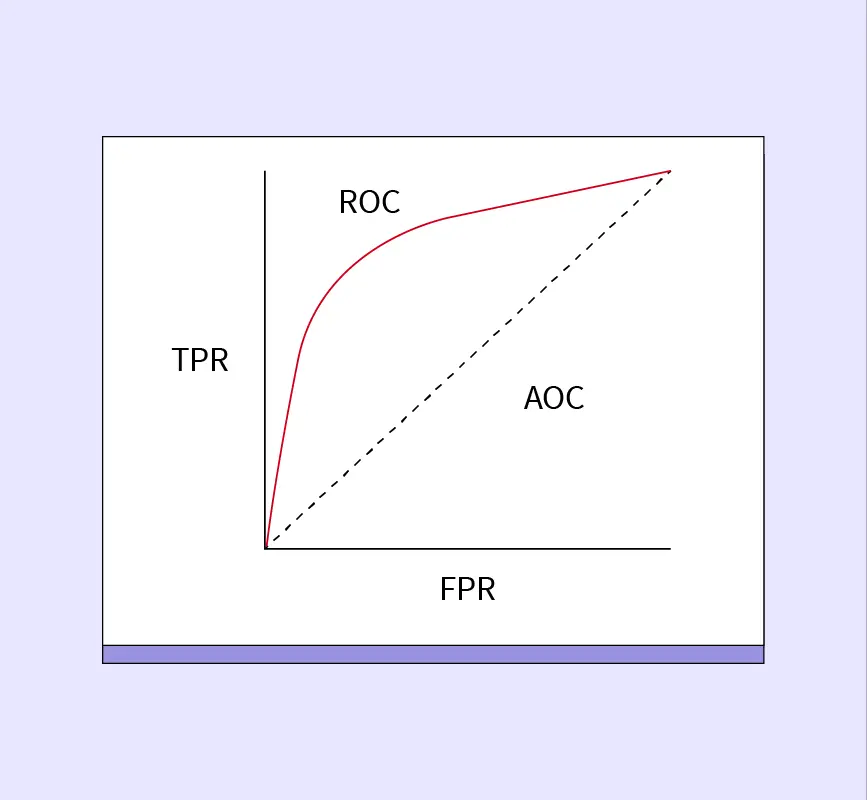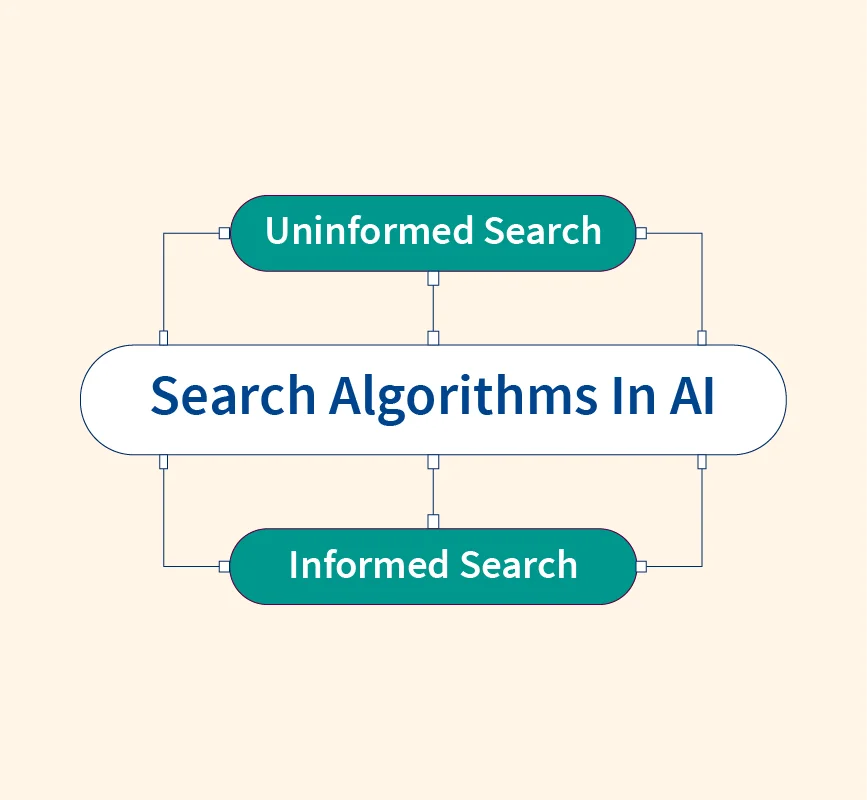In today’s data-driven world, businesses and organizations generate an overwhelming volume of unstructured documents—ranging from invoices and contracts to healthcare forms and insurance claims. Traditionally, extracting useful information from these documents required manual labor or basic optical character recognition (OCR) tools. Document AI is transforming this landscape by bringing the power of artificial intelligence to document processing. It enables machines to understand, classify, extract, validate, and automate workflows that involve complex documents.
What is Document AI?
Document AI (Document Artificial Intelligence) refers to the use of advanced AI technologies—including machine learning, natural language processing (NLP), and computer vision—to analyze, understand, and process documents automatically. Unlike basic automation, Document AI goes beyond simply scanning or digitizing files; it allows systems to read, interpret context, extract key information, and make intelligent decisions based on document content.
Traditional Optical Character Recognition (OCR) was limited to converting printed text into machine-readable text, often struggling with layouts, complex formats, and contextual understanding. In contrast, modern Document AI understands the semantics, structure, and intent behind documents—making it possible to process forms, contracts, invoices, medical records, and more with greater accuracy.
The core goals of Document AI are:
- Classification: Automatically identifying the type of document (e.g., invoice, resume, insurance form).
- Extraction: Pulling out relevant fields (e.g., invoice number, dates, names, monetary amounts).
- Validation: Verifying extracted information against predefined rules or external databases.
- Automation: Integrating processed data into workflows like claims management, onboarding, or compliance reporting.
How Document AI Works?
Document AI operates through a combination of layout analysis, machine learning models, and industry-specific customization to intelligently process documents.
1. Understanding Document Structures
The first step in Document AI is understanding the structure of a document. This involves layout analysis, where the system detects components such as headings, paragraphs, tables, forms, checkboxes, and even handwritten text. Modern Document AI systems use computer vision algorithms to interpret spatial relationships—understanding that information is organized in rows, columns, sections, or free-form formats.
For example, in an invoice, the system recognizes the header (supplier information), line items (products and prices), and footer (total amount). By intelligently segmenting and tagging different parts, Document AI ensures accurate extraction of meaningful data.
2. Machine Learning Models for Document Intelligence
At the core of Document AI are machine learning (ML) and deep learning models.
- Natural Language Processing (NLP) models allow systems to interpret the semantic meaning of text, extracting named entities like names, dates, and monetary amounts.
- Computer Vision techniques identify visual cues like stamps, handwritten notes, or complex table structures.
- Advanced deep learning architectures (such as transformers) enable models to understand relationships across different sections of a document, improving accuracy in information extraction.
By combining these technologies, Document AI systems move beyond surface-level text recognition to achieve true contextual comprehension.
3. Scaling and Customizing Document AI Solutions
While off-the-shelf models handle general document types, many industries require customized Document AI solutions.
- Enterprises often train custom models using supervised learning, feeding labeled datasets of industry-specific documents (e.g., mortgage applications, insurance claims, or clinical trial reports).
- Solutions are fine-tuned to handle domain-specific jargon, unique layouts, and specialized formats.
Scalability is achieved through cloud platforms like Google Cloud Document AI, AWS Textract, or Azure Form Recognizer, allowing organizations to process millions of documents in real-time, integrate with APIs, and continuously refine model performance.
Role of Generative AI in Document AI
Generative AI, especially Large Language Models (LLMs) like GPT-4 and Gemini, is transforming the capabilities of Document AI beyond traditional extraction tasks.
- Enhancing Document Summarization: Generative AI models can read lengthy documents—such as legal contracts, research papers, or insurance policies—and generate concise summaries, highlighting key points and obligations without manual review.
- Intelligent Content Generation and Interpretation: Beyond summarizing, LLMs can draft replies, fill in missing sections, or interpret ambiguities in documents. They assist in rewriting customer onboarding forms, contract negotiation suggestions, and creating compliant versions of policy documents.
- Examples of Integration: Enterprises combine LLMs with Document AI workflows to automate due diligence in finance, summarize medical reports in healthcare, and generate executive briefs from technical research papers.
Popular Document AI Tools and Platforms
Several powerful platforms have emerged to simplify and accelerate Document AI adoption across industries:
1. IBM Automation® Document Processing
IBM Automation® Document Processing offers an enterprise-grade solution for classifying, extracting, and validating information from structured and unstructured documents.
It combines traditional OCR with AI-powered understanding, enabling seamless automation of tasks like loan processing, claims management, and regulatory compliance. IBM’s platform is highly customizable, making it ideal for complex workflows across finance, insurance, and healthcare sectors.
2. Google Cloud Document AI
Google Cloud Document AI provides a suite of pre-trained models tailored for processing invoices, receipts, contracts, forms, and identity documents.
It leverages Google’s advancements in computer vision and natural language processing to accurately extract structured data from semi-structured formats.
Its simple API-driven interface allows businesses to rapidly deploy intelligent document processing without extensive model training.
3. BigQuery Integration
For users within the Google Cloud ecosystem, Document AI easily integrates with BigQuery, Google’s powerful data warehouse solution. Extracted document data can be ingested into BigQuery tables for scalable querying, aggregation, and analysis. This enables organizations to derive insights across millions of documents, powering business intelligence, auditing, and predictive analytics initiatives.
4. Vertex AI
Vertex AI, also by Google Cloud, enables companies to train custom Document AI models tailored to niche or domain-specific document workflows. It supports AutoML for low-code users and custom model development for data scientists. With Vertex AI, businesses can fine-tune models on proprietary datasets—such as mortgage applications or clinical records—ensuring higher accuracy and adaptability. Vertex AI also integrates with pipelines for automated model deployment, scaling document intelligence end-to-end.
Real-World Examples and Applications of Document AI
Document AI is transforming industries by automating document-heavy workflows, improving accuracy, and accelerating decision-making. Here’s how it’s being applied across sectors:
1. Insurance and Publishing
In the insurance sector, Document AI automates claims processing by extracting policy details, verifying claimant information, and identifying missing documents. It streamlines underwriting automation by classifying and analyzing applications faster and more consistently. In publishing, Document AI helps digitize and categorize legacy content, transforming printed books, articles, and archives into searchable digital formats. This enhances content accessibility, enables metadata enrichment, and powers content recommendation engines.
2. Healthcare and Clinical Documentation
Healthcare providers use Document AI to manage patient records, extracting critical information from handwritten notes, prescriptions, and discharge summaries. In clinical research, it automates the extraction of patient trial data, adverse event reports, and regulatory submissions, ensuring faster compliance with strict guidelines. By minimizing manual data entry and reducing errors, Document AI improves operational efficiency, patient outcomes, and regulatory accuracy in healthcare ecosystems.
3. Finance, Accounting, and Fraud Detection
Banks and financial institutions leverage Document AI to automate invoice processing, reconcile financial statements, and generate audit-ready reports. Advanced models detect anomalies in transaction records, enabling early fraud detection. Document AI also supports compliance by extracting relevant fields from tax forms, bank statements, and customer onboarding documents, minimizing the risk of regulatory penalties and improving transparency in financial operations.
4. Legal, Compliance, and Regulatory Use Cases
Legal firms and corporate compliance teams use Document AI for contract review and analysis, quickly identifying critical clauses, deadlines, and risks. In compliance audits, it extracts evidence from large volumes of documents to validate adherence to standards. Document AI also streamlines risk management by continuously monitoring contracts, communications, and internal documents, ensuring organizations stay ahead of evolving regulatory landscapes.
5. Mortgage, Real Estate, and Global Operations
In the mortgage and real estate sectors, Document AI automates loan application processing, title deed verification, and property valuation document analysis. Cross-border operations benefit from multilingual document processing, enabling faster onboarding of international clients and compliance with regional regulations. By reducing manual review cycles, Document AI accelerates deal closures, enhances due diligence processes, and boosts customer satisfaction in real estate transactions.
Conclusion
Document AI is revolutionizing the way industries handle unstructured information, turning tedious, manual processes into automated, intelligent workflows. From insurance and healthcare to finance, legal, and real estate, Document AI enhances accuracy, accelerates operations, and uncovers insights previously locked within static documents.
As Generative AI and Large Language Models (LLMs) continue to evolve, Document AI solutions will become even more powerful—capable of not just extracting and validating information, but also summarizing, interpreting, and generating new content dynamically.
Organizations that embrace Document AI today position themselves at the forefront of tomorrow’s digital transformation.
Reference:


